Everyone in Jaén had recommended that I take the slight diversion through Chachapoyas. I’d heard talk of ‘The Machu Picchu of the north’, mummies, and an incredible countryside for bike riding.
Well, now I had gotten myself to Chachapoyas.
First of all I decided to take a long hard look at my nutrition. The small tiendas (shops) that I came across in the middle of nowhere were usually pretty limited in terms of food, particularly in the aspect of non perishable protein sources. Tinned tuna was the extent of it, and I’ve never been a huge fan.
So I popped over to the general market. Most reasonably-sized towns in this part of the world will have one.
There was fresh food of a quality that you will never find in a supermarket. Things like mandarins, mangos, and dragonfruit are forever ruined for me back in the UK. Nothing can come close.

Traditional South American staples cover quite a lot of the stuff that health food experts are telling us to eat more of in the west. Avocados, quinoa, linseed, chía, and endless beans and pulses.
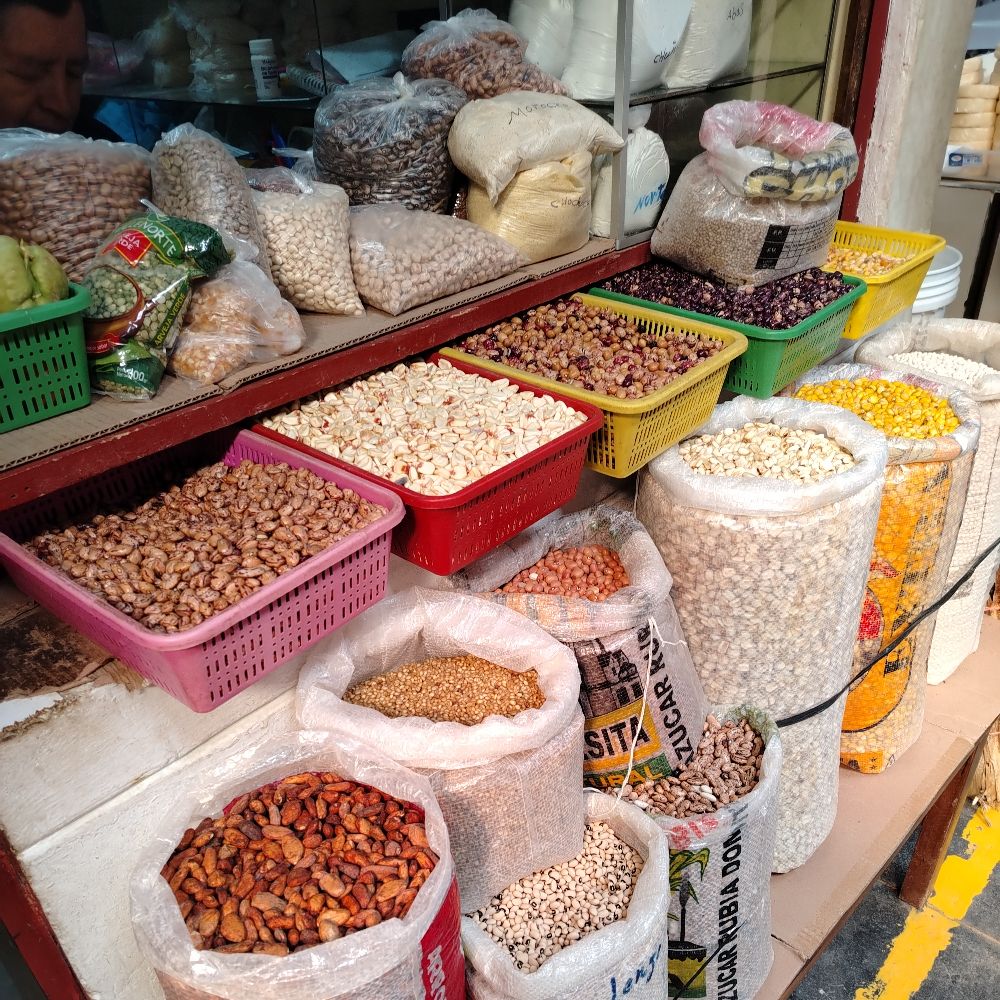
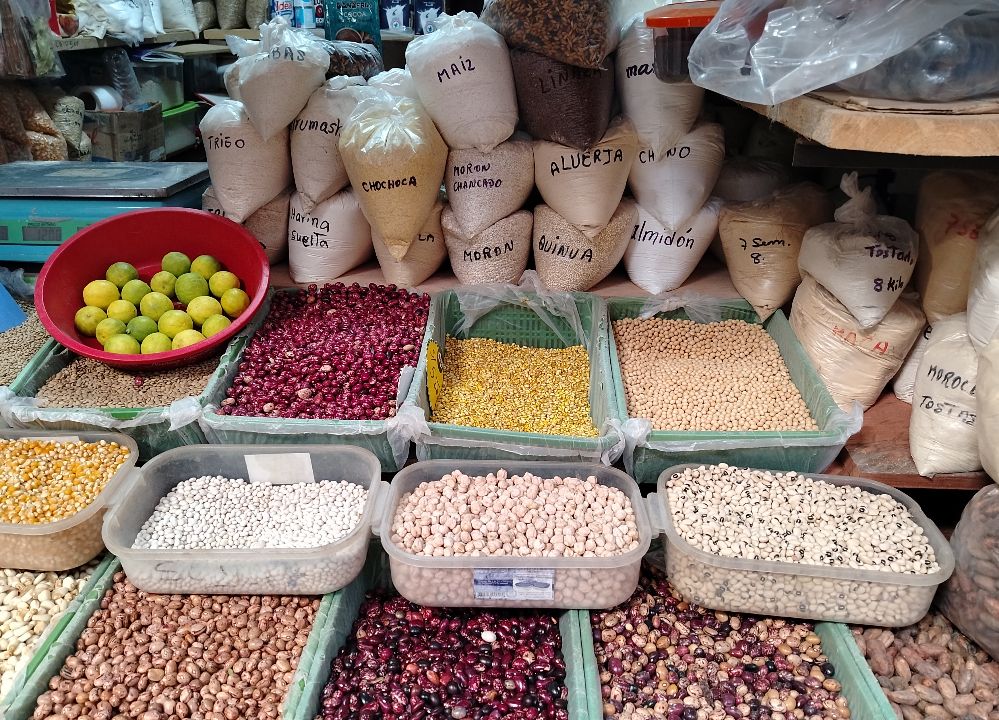
After getting my larder well stocked pre-Columbian style, I got myself on board with a tour to visit the ruined fortress of Kuelap.
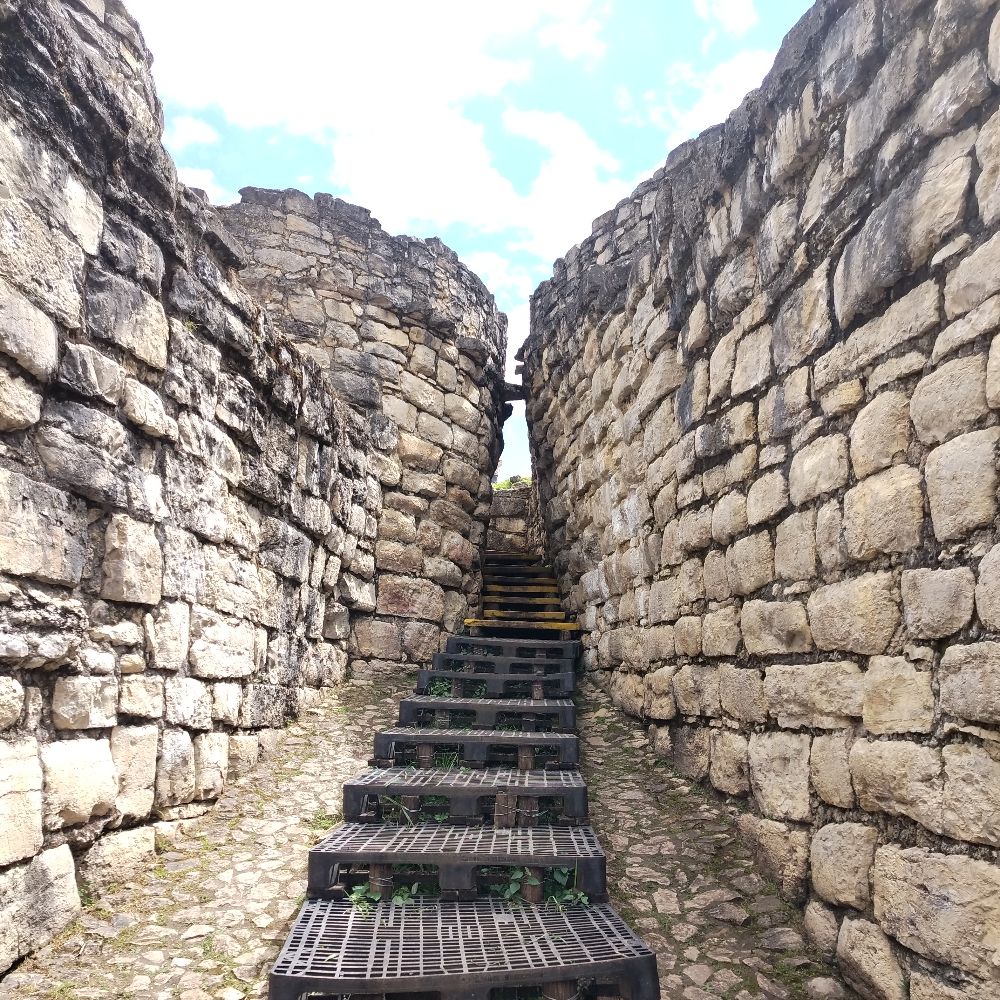

The Chachapoyans lived in roundhouses. In the centre of each you can see a small excavation, which served as tombs for the remains of dead family members (I’m sure the kids never got nightmares…). All of the houses had a long, narrow stone enclosure, which was used to contain the family’s guinea pigs for eating. You can see a double walled structure crossing the floors at a tangent. Each family slept in bunk beds stacked on top of each other against one wall of the house.

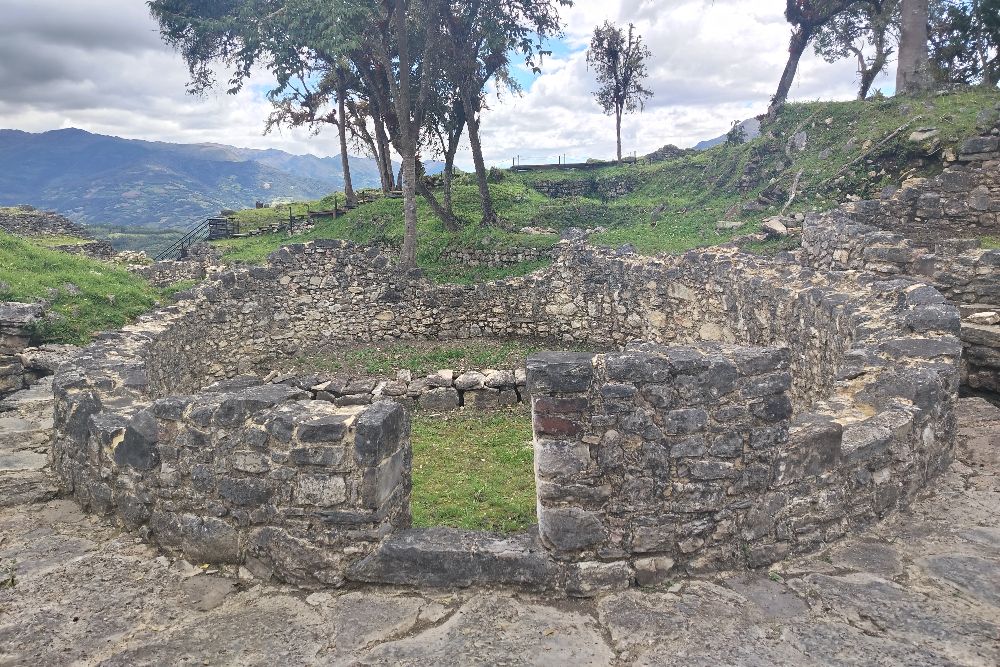

Archaeological digs and restorations were still very much in full swing.
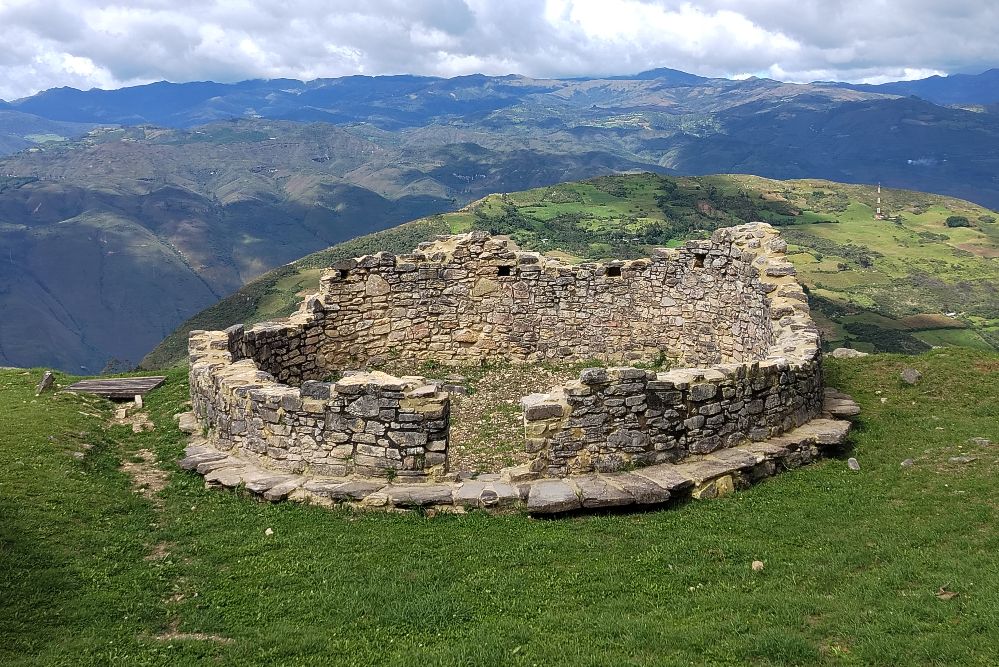
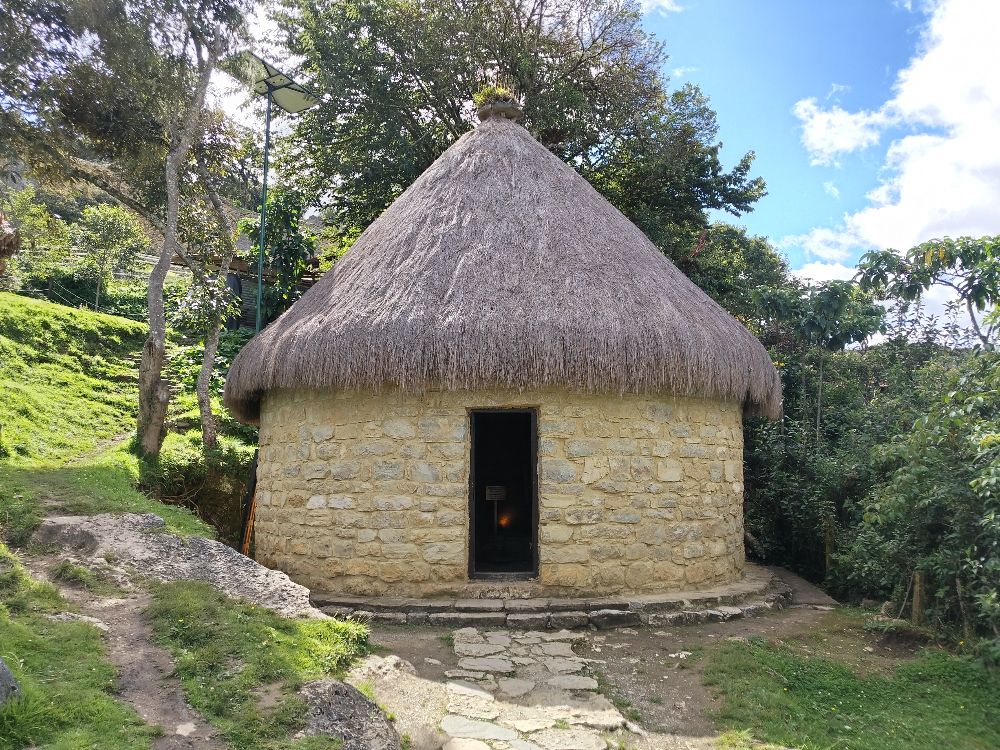
A modern reproduction.
The Chachapoyans have caused quite a bit of head scratching on the part of historians and anthropologists over the years; DNA analysis of preserved human remains has shown that they were tall, fair skinned, blonde, and with green eyes. This is about as far as you can get from the appearance of the average Peruvian walking around today.
One theory postulates that the Chachapoyans might have been the descendents of exiled Phoenicians who fled the expansion of the Roman Empire by sailing west along the north coast of Africa, before crossing the Atlantic Ocean to the New World, and ultimately finding their way to the Pacific side of the continent.
This sounds pretty far-fetched, but, in 1969, the anthropologist Thor Heyerdahl built a ship from papyrus reeds, and successfully sailed it across the Atlantic, proving that a well-provisioned voyage could have been achieved even by bronze age civilisations.
I suppose we will never know? But it is an exciting idea.
Unfortunately, the only written descriptions that we have of the Chachapoyans come from the Spanish conquistadors who came into contact with them. The men were described as being incredibly valiant, and the women were strikingly beautiful. I read three different accounts by contemporary Spanish writers, and each of them made a point of remarking upon how beautiful the Chachapoyan women were. I wonder how that played out?
Archaeologists have found that the fortress of Kuelap was burned to the ground in the 16th century, which would have been right around the time that the Spanish turned up. One of the sources that I read described the native population suffering from a great sickness, which correlates with current theories regarding diseases, such as smallpox, wiping out the majority of indigenous populations in the new world.
After Kuelap I jumped on the bike and rode down to Yerbabuena, to see the Mausoleums of Revash.
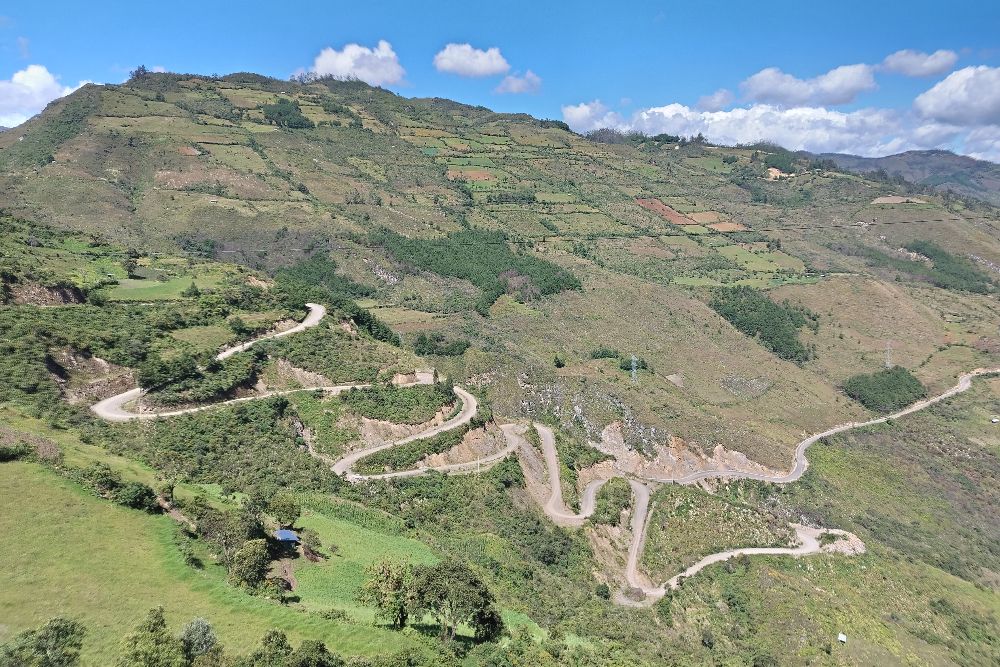
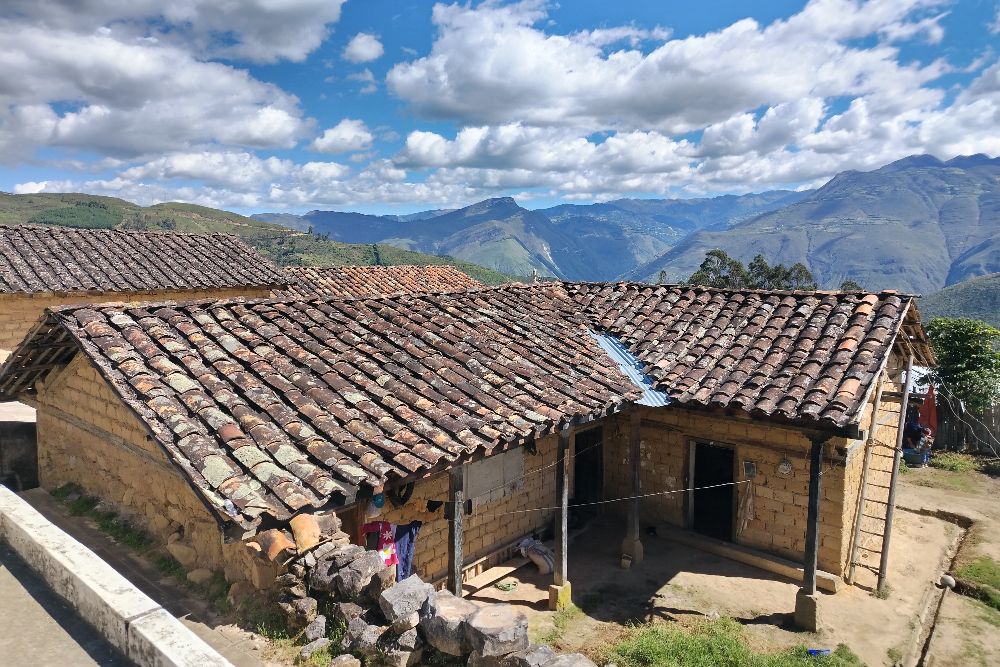
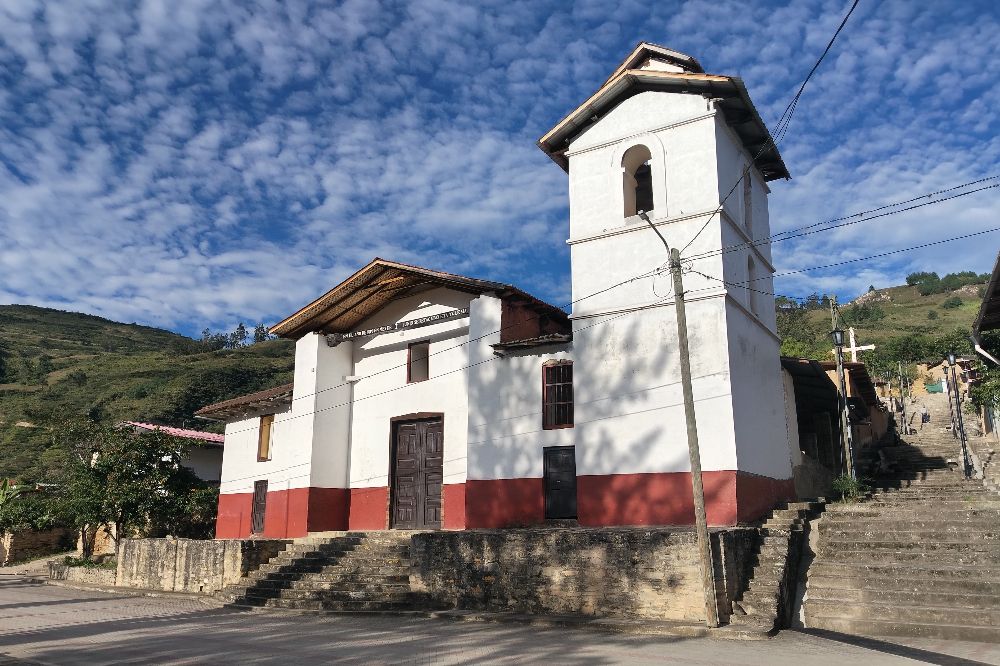
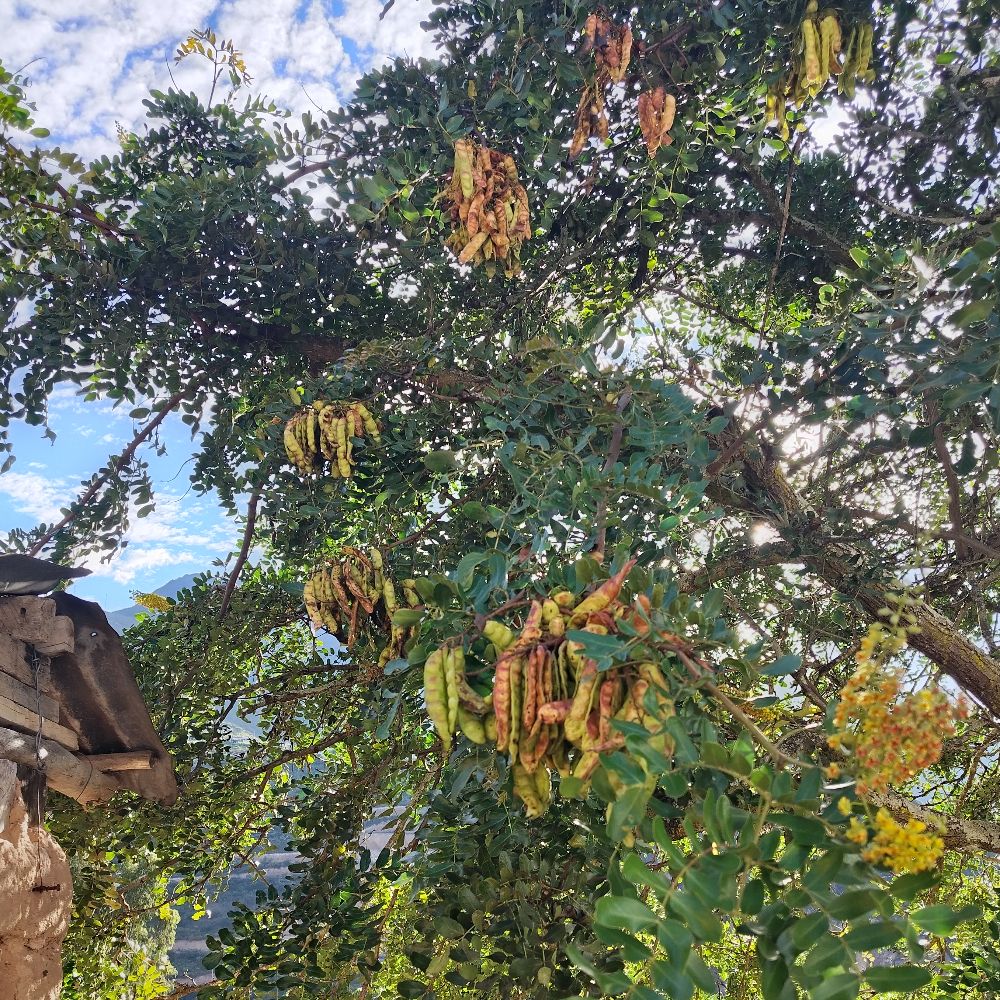
I have absolutely no idea what species of tree this was, but all along the roadside people seemed to be busy picking the seed pods and laying them out on plastic sheets by the roadside to dry.
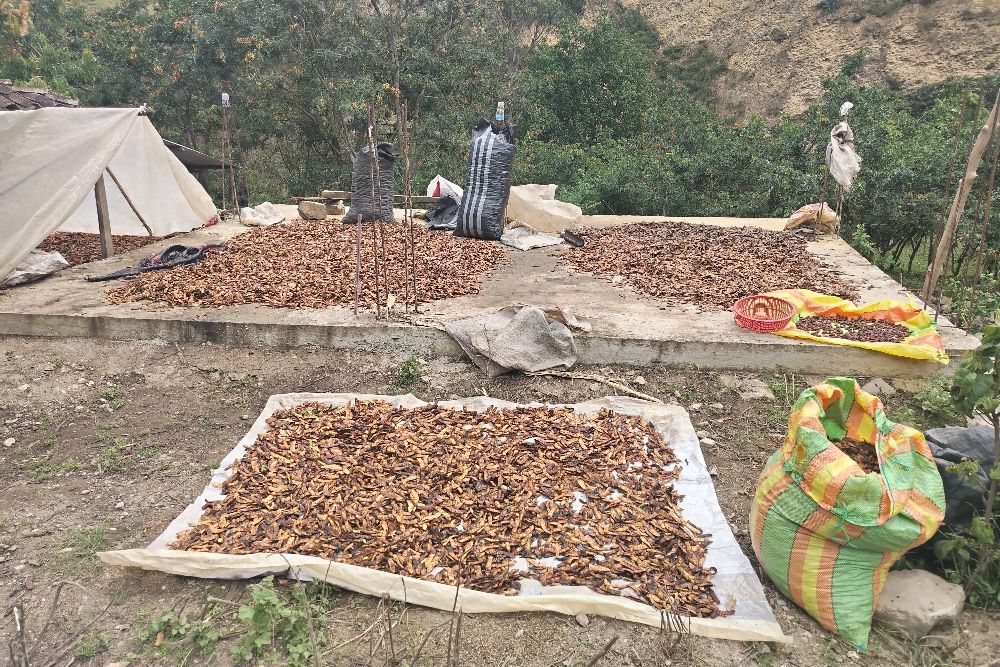
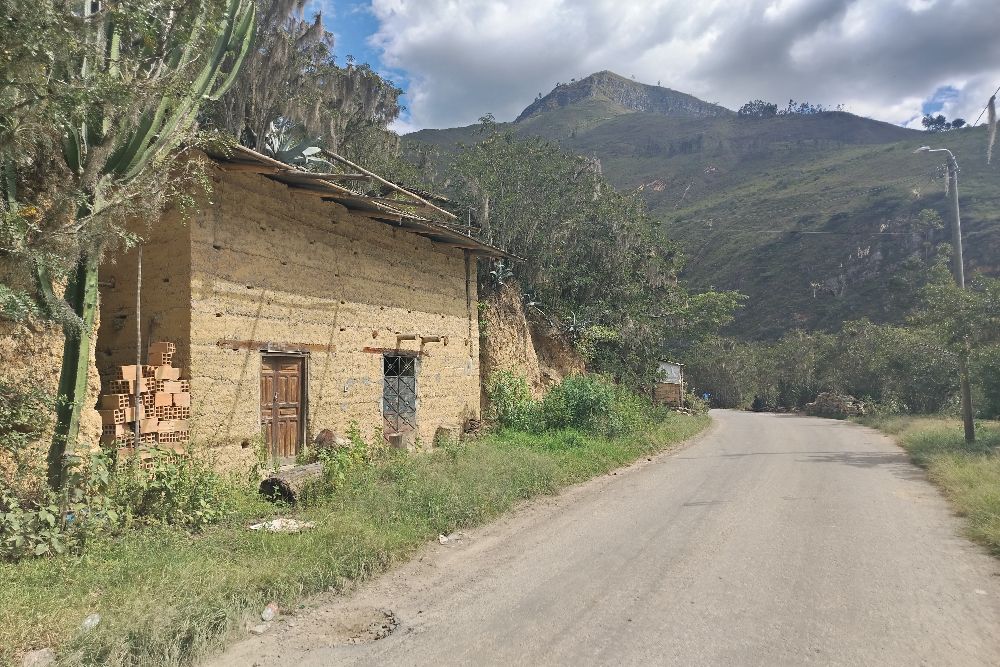
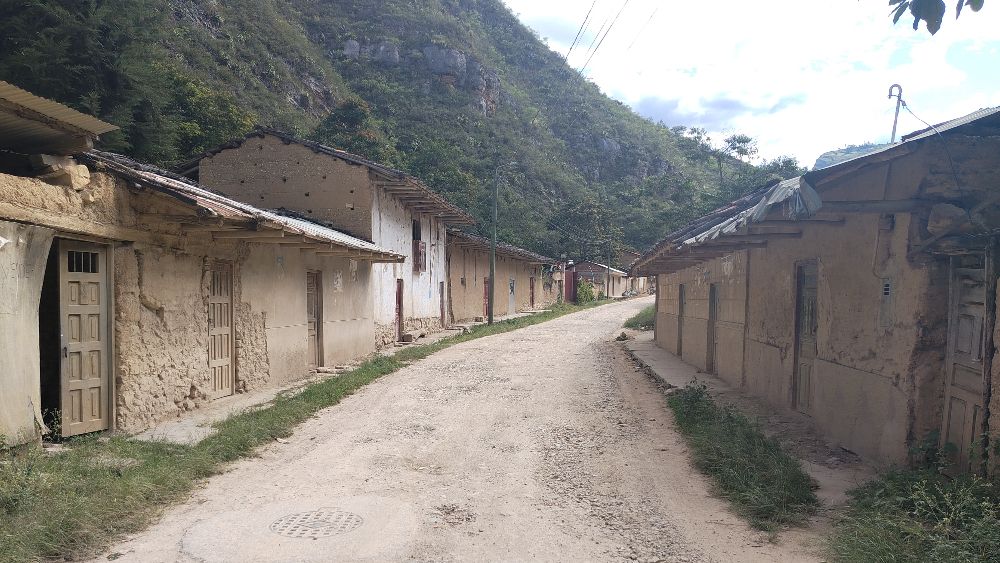

Fortunately, when I made it to the tombs at Revash, there happened to be a small tour group visiting at the same time, and I gleaned a few tidbits of history in the process.


If I understood the guide correctly, this location represented the high water mark of the Inca empire in the region.
Chachapoyans are usually associated with round houses, such as those in Kuelap, but from here onwards there was evidence of rectangular buildings, Inca construction.
Somehow, the Chachapoyans managed to resist the encroachment of the superpower of their era.
I was eager to make sense of the story, and so I headed down the road to Leymebamba, where there was a history museum.


Leymebamba.

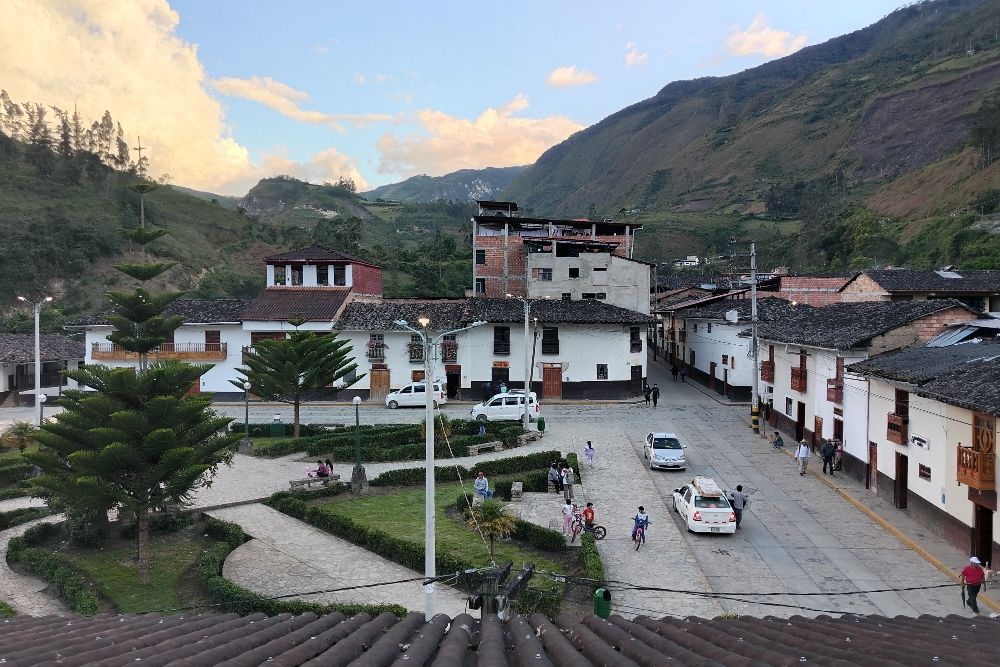
Most visitors come to the Leymebamba museum to see the mummies.
It came as a surprise to archaeologists to discover them in such a good condition, considering that mummies are generally best preserved in dry places, such as the Egyptian desert, yet Chachapoyas is a humid cloud forest.
Whoever set up the room with the mummies in it had a sense of humour; they had put in a motion sensor which turns on the lights as you walk past the exhibition. Boom, mummies. Don’t forget your brown trousers…
I didn’t take any photos. I guess I didn’t feel like pointing a camera at people who had been intended to be resting in peace.
If you want to see what they look like, it’s a Google search away. There were probably about fifty of them.
The most interesting part of the museum for me were the Quipus. These knotted ropes were used by the Inca to record numerical data in mass. This technology represents the nearest thing they had to writing in the empire. They were so close!
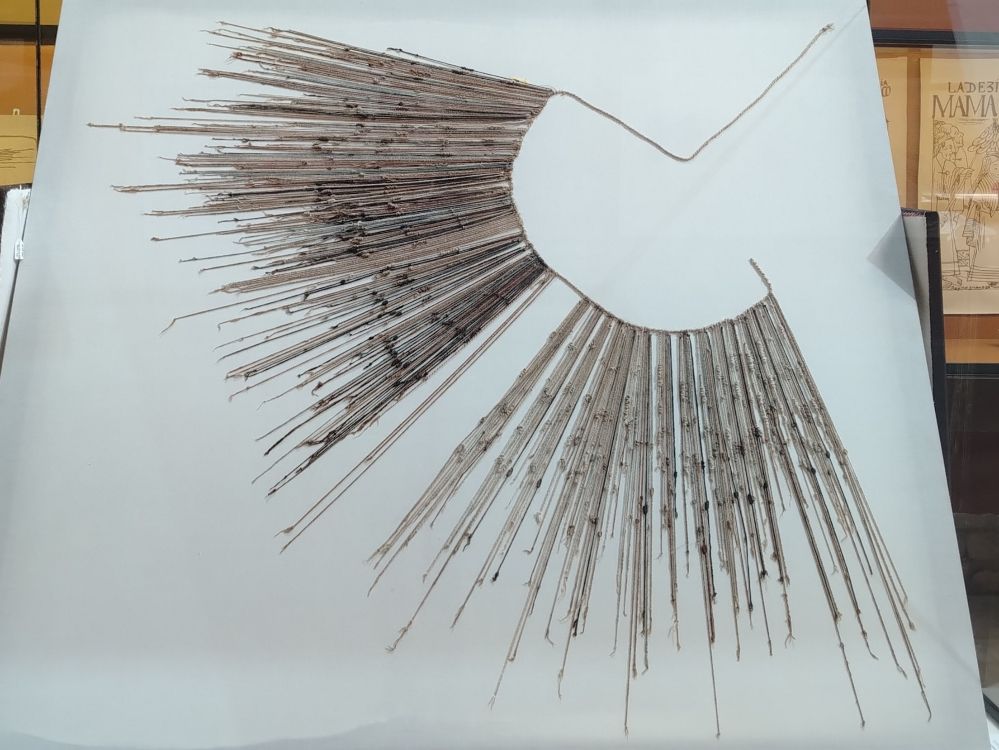
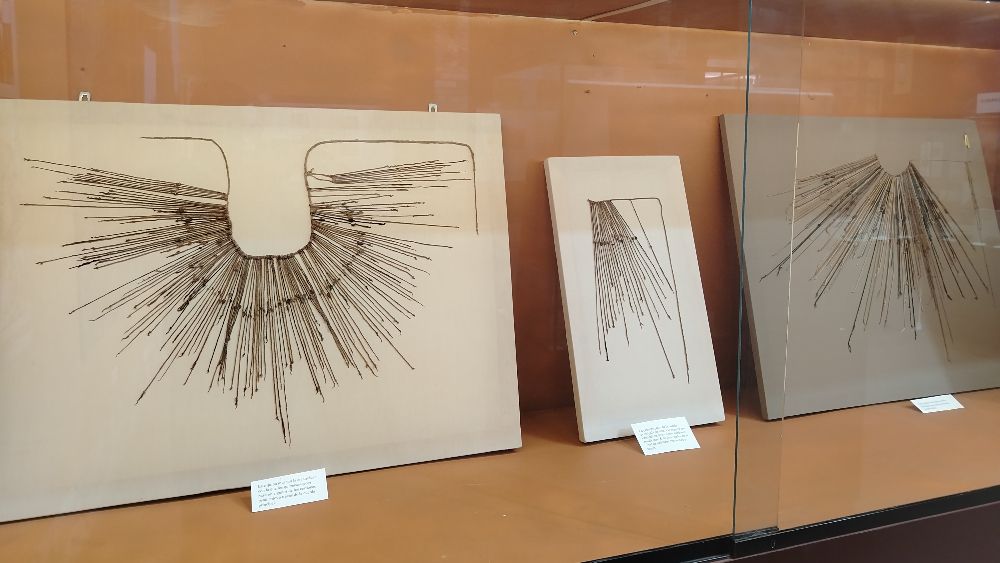
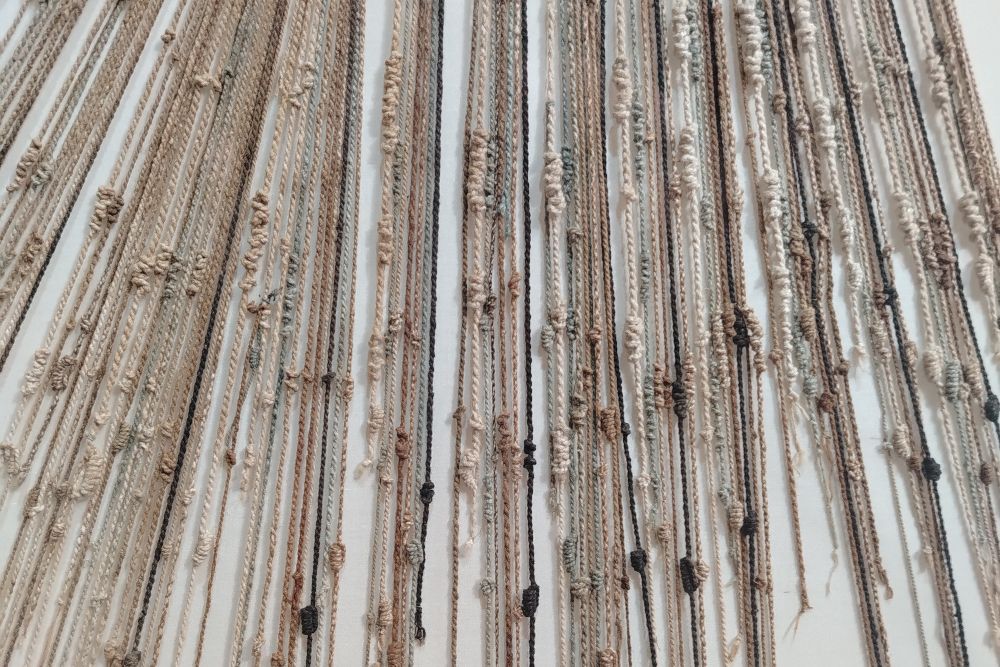
Interestingly, one of the largest single archaeological discoveries of Quipus comes from right here in Chachapoyas. So were these people really ‘resisting’ the Inca?
Normally, the Inca would defeat a regional power, and then take important individuals as hostages to prevent an uprising.
There is remarkably little archaeological evidence of pre-inca civilizations in those parts that were subjugated. The tour guide who I met in Revash had proposed that the empire deliberately vandalised any remnants of the past greatness of their new subjects.
Yet Chachapoyas was untouched?
I wonder if they ended up as a client kingdom. For example, when the Romans invaded Britain (the second time), Celtic kings who allied with the invaders were bloodlessly absorbed into the empire, with all of the taxation and bureaucracy that came with it. However, they were allowed to keep their lands, customs, and retain a degree of sovereignty over their people. Perhaps a similar sort of deal was struck between the Chachapoyans and the Inca?
If they had such a violent reputation as the Spanish seem to hint at, maybe it just wasn’t worth the trouble trying to conquer them by force?
Right. That’s the history section done. Cycling!
I left the museum and hauled myself up the hill over Leymebamba, but soon realised that there was a persistent squeaking sound that seemed to be coming from the back of the bike.
Oh here we go… After such a lovely break from mechanical dramas…
Detached the breaks. Still squeaky.
Lubricated the chain. Nope, still.
Is it the seatpost creaking? I stood up. Still squeaky.
Does it only happen when I’m pedalling? I turned around and rolled downhill. Nope.
So it’s probably a wheel bearing…
I had a good 200 kilometres to go until Cajamarca. There was no way that I could let a bearing run dry for that long, so I reluctantly pointed my front wheel back down the hill again and sought out a mechanic in Leymebamba.
There was a motorcycle mechanic, but he said that he couldn’t help me with a bicycle. I told him that I had the specific tools for the job, all I needed was Grease, a spanner or two, and a spot to work.
His son pottered over to help me out, a lad called Franklin.
I was a bit nervous with the job; the last time that I’d tried to service a cup and cone wheel bearing had been back in Durango, where I managed to strip the thread on the axle and ended up begging for help from a bike shop. This time around it was all down to me.

It’s a job that ideally needs at least 3 hands to do correctly (or a vise), and Franklin was an absolute lifesaver helping me out with the cone spanners.
Eventually, everything was cleaned, repacked with grease, and reassembled. And the result? Absolutely perfect.
The wheel felt brand new; it ran completely smooth with no play in the axle. We popped it back on the bike and plonked all the luggage on again.
Instant dopamine rush. We had done a thing!
I asked if the mechanic wanted any payment for the use of his shop, but he refused. I slipped a few soles to Franklin for a fizzy drink or something, and gave him the flat cap that Cristian had given me in Quito. A proper hat for a bloke who isn’t afraid of getting his hands dirty!

Franklin wants to be an industrial engineer when he grows up. I reckon he’s on the right track.
And, with the satisfaction of a job well done, and a new mechanical skill acquired, I plodded my way back up the hill again.
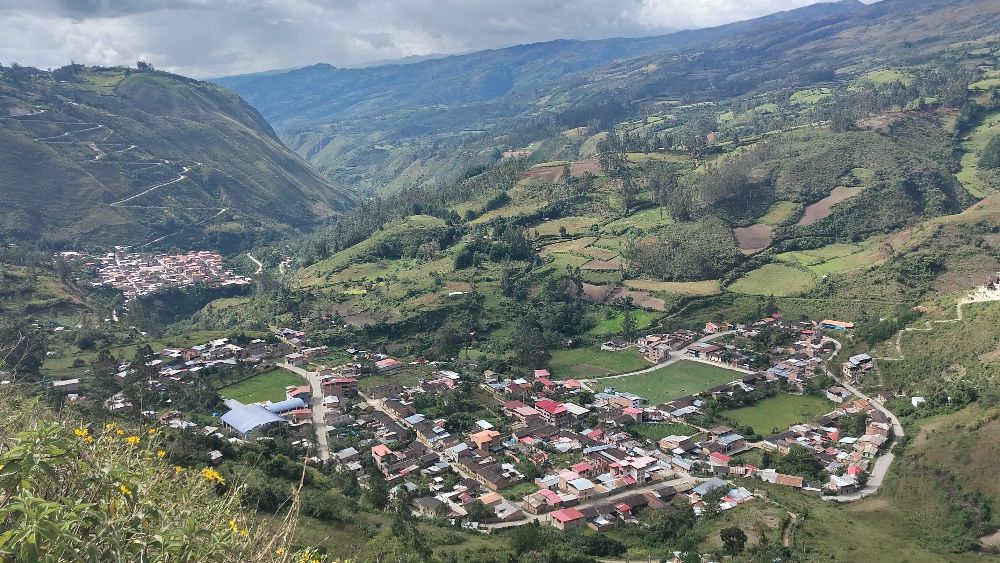
By late afternoon I had done a reasonable day’s work of climbing, so I decided to find a place to stay for the night.
I ended up with a pitch on the grass outside a small village school; all of the staff and students were on vacation that week, so the maintenance staff were happy to let me camp there.
The next day was a rainy start, so I had to pack away a wet tent. Awful visibility, rain coming at me sideways, crawling my way up the heavily potholed road through the murk to a mountain pass at 3200m.
I reached the top, and immediately put on every single piece of clothing for the descent.
I went through several different climates on the way down.

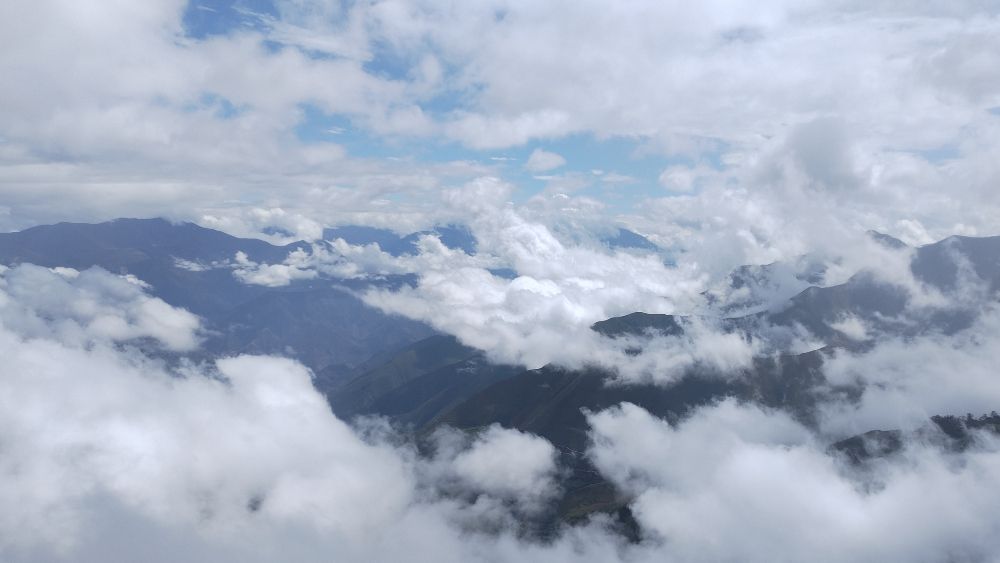
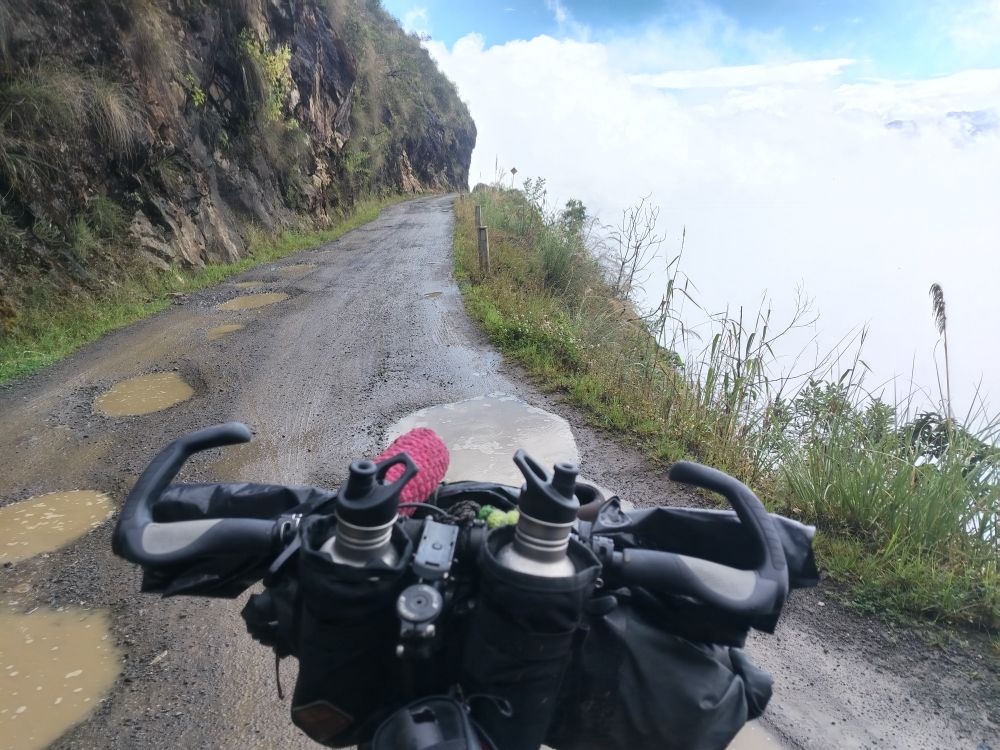
A road into the clouds?
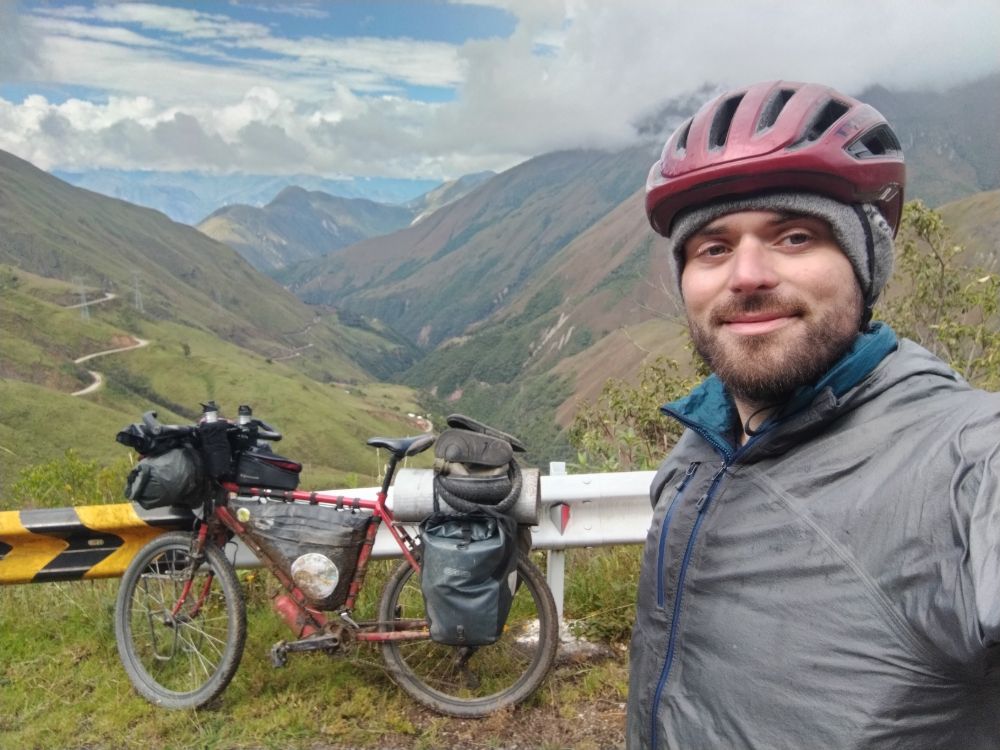
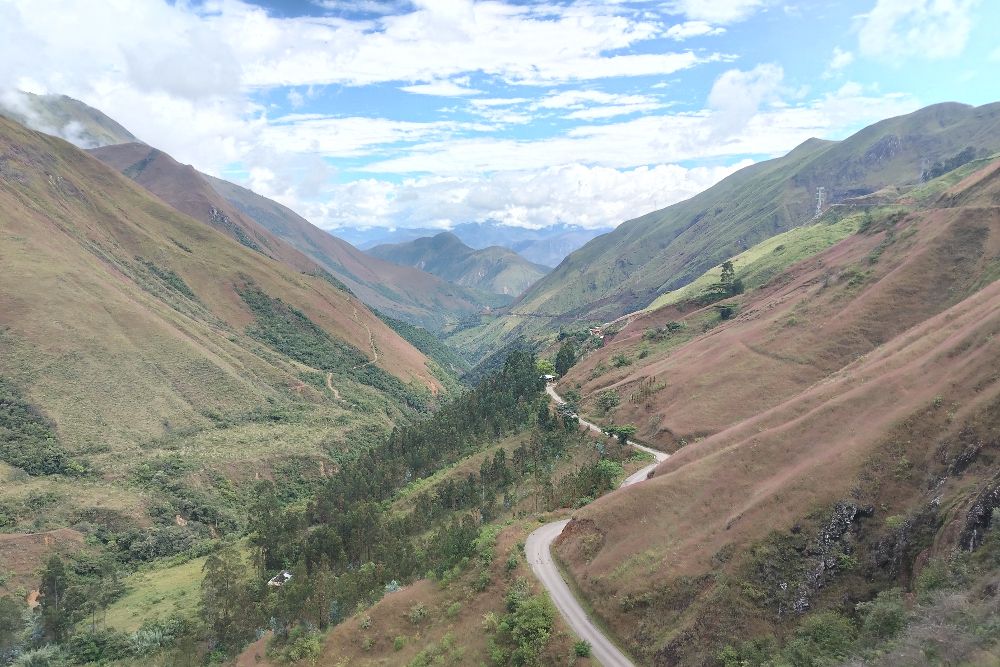


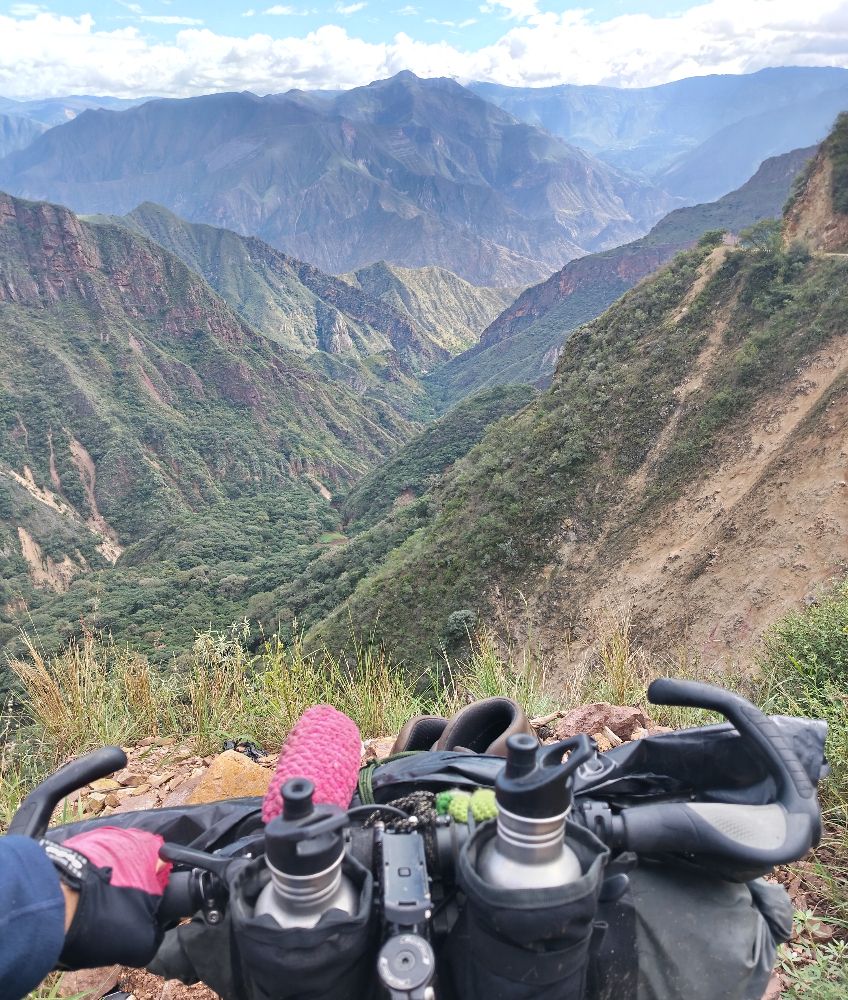


Finally, I reached the bottom of the valley, and made camp at Balsas. It was a hot and dry desert climate, only about 750m above sea level. There were cacti growing on the dusty slopes.

The only real greenery was located along the banks of the river, which kept the worst of the sun off me while I was pitched up.
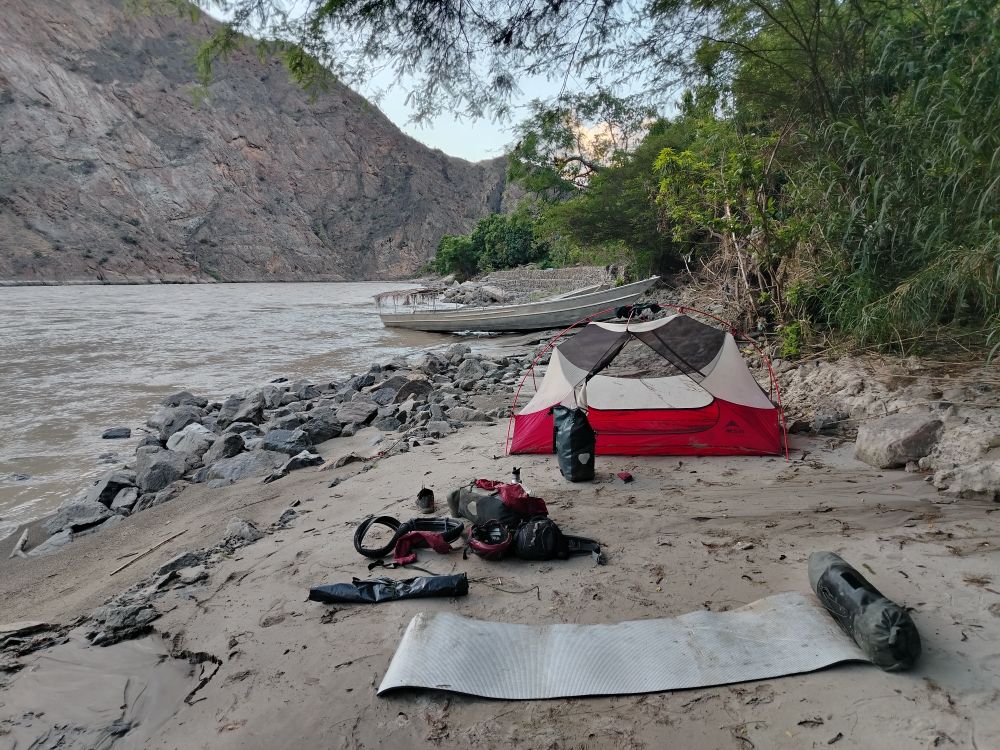
The next morning I had a bit of a faff around scrubbing all of the accumulated muck off my drive chain and brakes with an old toothbrush, before setting off up the opposite slope of the valley.
I can’t do heat. If you want me to perform on a bicycle, give me a miserable English autumn day. But heat? I have a body shaped like a fridge. It’s not adapted for heat dissipation. Anglo Saxons have no business being down here at the Equator…
I got my shirt off and prayed that the cloud cover would keep me from getting sunburned.
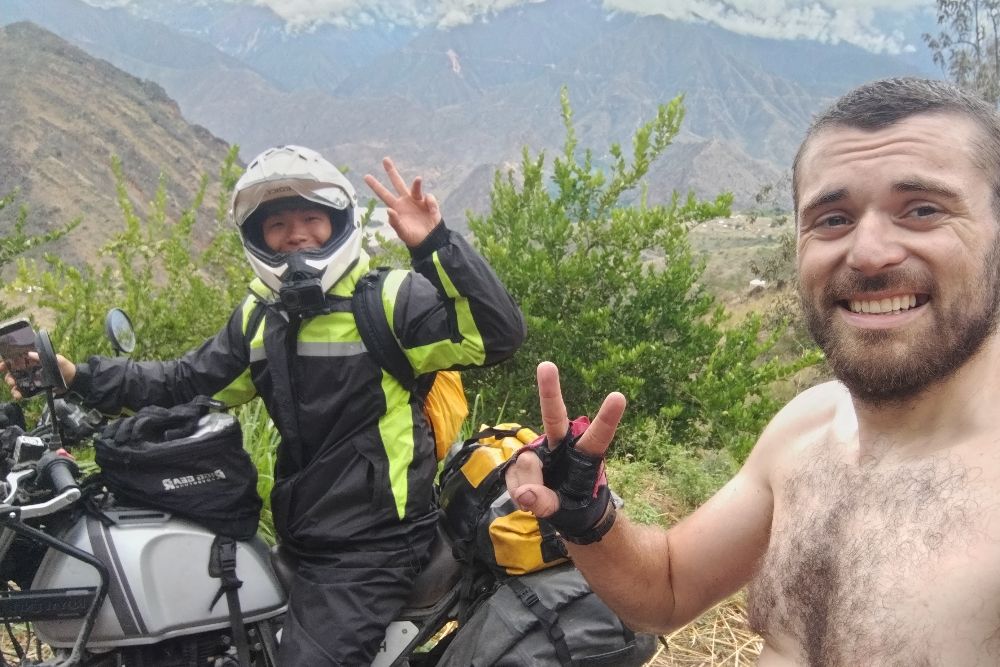
Miles, a motorcyclist from the USA.
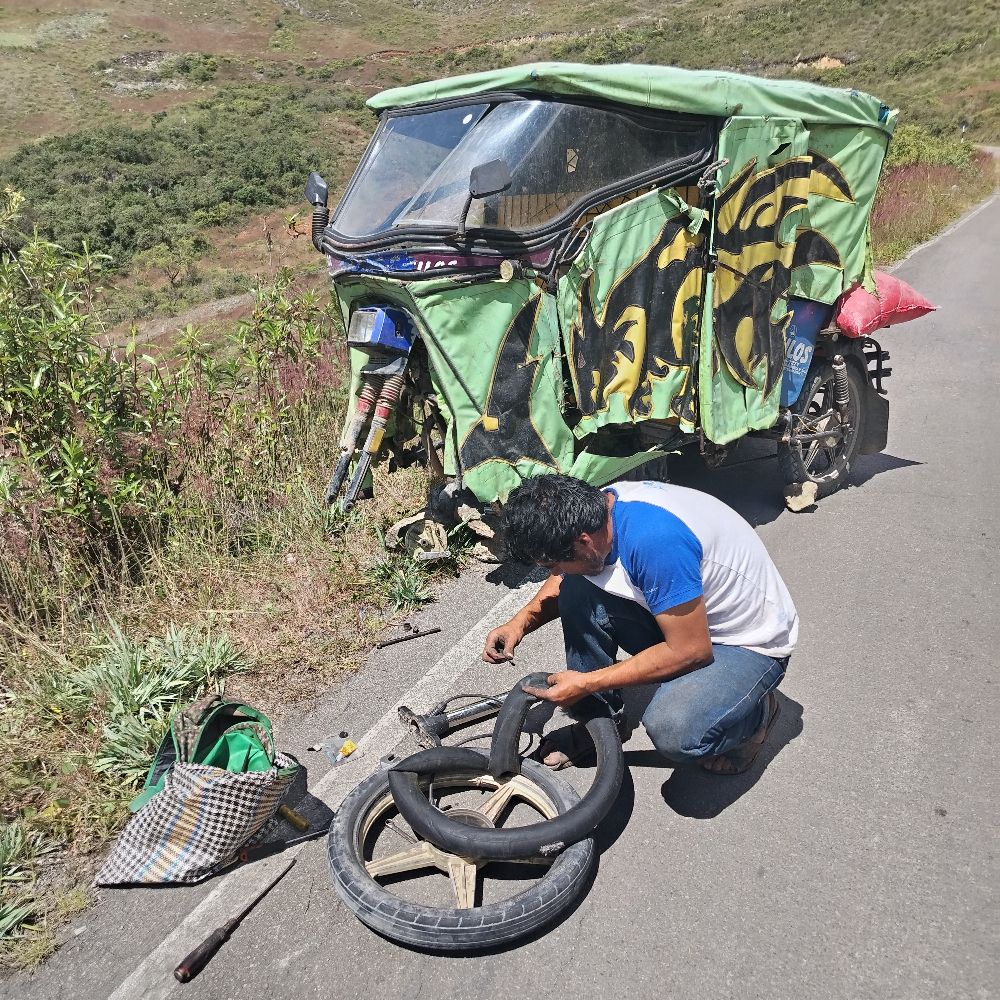
Met this chap stuck by the roadside with a puncture. Fortunately, he ran into the most mechanically paranoid cyclist on the continent, who, as a result, had a full repair kit.
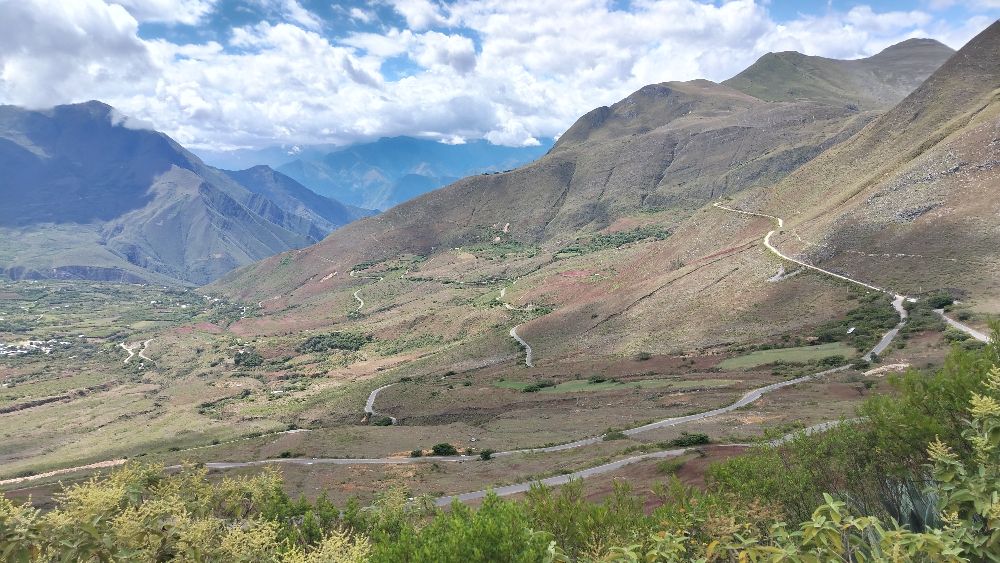

Almost at the top of the pass, and you can still see my camp site in Balsas at the bottom of the valley, from where I had begun riding the day before…

It took two days of riding to get to the top of the next pass. The whole time I could still see my starting point in Balsas.
I grabbed a beer at the café at the top, and then rolled down the other side and into the town of Celendin.
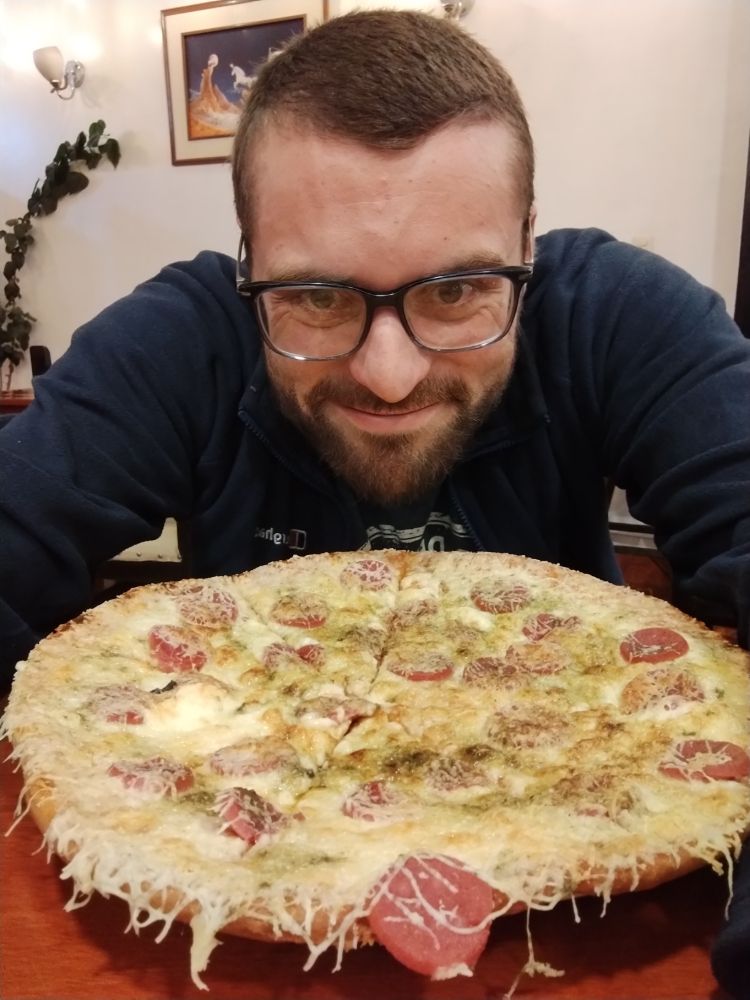
Family sized pizza. Always works to keep the body and soul together after a few big days. I can go through one of these in about 5 minutes. One drawback is that the server asks if you have anyone coming to help you to eat the thing. Don’t let your eyes deceive you sir, I qualify as a whole family this evening.
I stayed two nights in Celendin, until I felt a bit more like a human being again.

Last push, 100km to Cajamarca. If the ride had been on the flat I could have managed it in a single, long day. With 2200m of climbing thrown in the mix, I figured I would be better off splitting it into two manageable chunks.
Lovely green countryside. I was definitely back in the mountains.
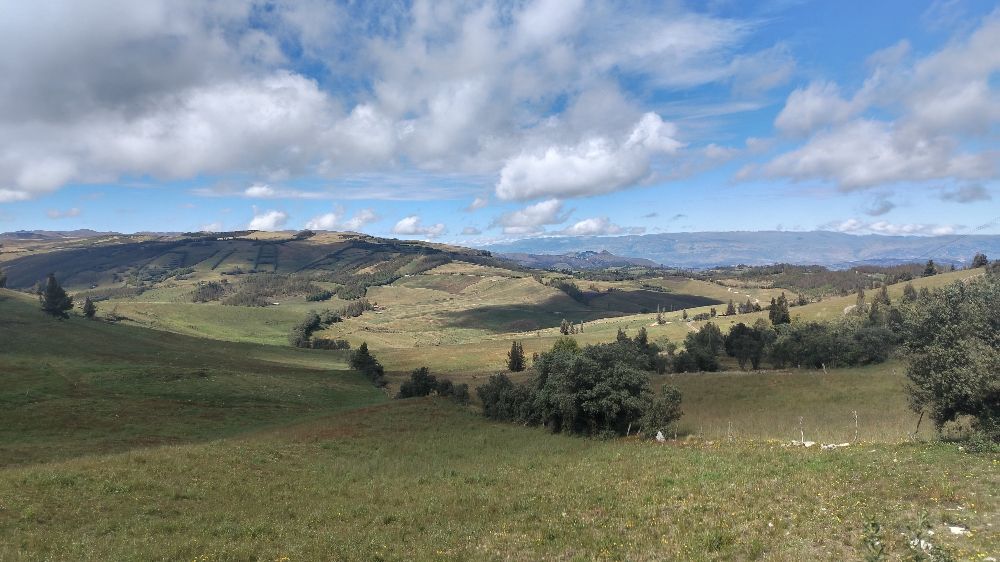
I ran into my first fellow cycle tourists, Paul and Zhanna, from the USA and Russia respectively. There’s always a bit of a moment trying to figure out if the other party is going to be chill, or whether you are about to get a lecture on how everything you are doing on your journey is wrong and theirs is better (some long distance cyclists can be funny like that). As it turned out I didn’t need to worry. They both had a really relaxed and friendly vibe, and I felt like we really warmed up to each other in the few minutes that we hung out.

I completely messed up the photo, but I was bouncing around all over the place in my excitement at the time.
Unfortunately, as is usually the case if you run into another rider by the roadside, we were going in opposite directions, and so we had to say goodbye and press on with our respective journeys.
I rode on for another hour, casually looking for a spot to camp. Most of the convenient roadside spots had apparently been used as a toilet by passing drivers.
As the sun started to get close to the horizon I encountered a beautiful dairy cattle farm, with sweeping grassland and expansive views all around. I decided to pop in and ask the farmer if I could put my tent up on his land.
I got a huge smile and a hearty handshake. Anywhere you want to go cousin! Just be careful of the road, because the other cousins will be coming past.
¡Muchísimas gracias!
That night I was treated to the most wonderful view of the stars that I’d seen in years. The milky way is so much brighter in the southern hemisphere; you are looking right into the centre of the galaxy. It really is a breathtaking thing to behold.
I couldn’t see the north star anymore. The plough was still well above the horizon, but Polaris was long gone. I turned around and found myself looking at the southern cross.
I hope to make that constellation rise higher in the sky over the next few months.
It was lovely to meet you on the road. Wish it would have been at a camp or cafe so we could have chatted some more. I’m any case, an interesting read and good luck on down the road.
Cheers Paul, yeah it would have been great to hang out a bit longer, but that’s the way it goes sometimes. Enjoy all the wonders of Chachapoyas!